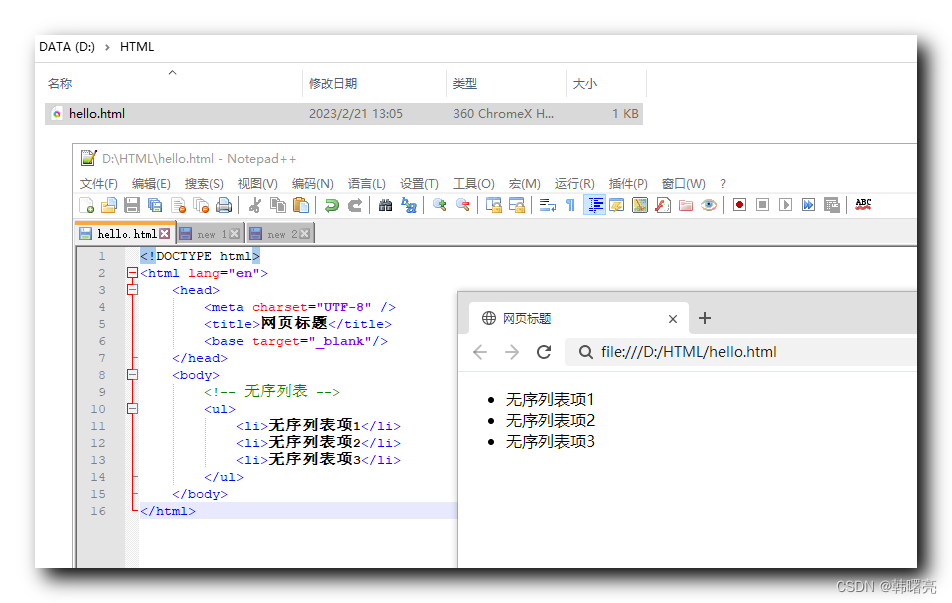CountVectorizer与ngram在Python中的结合
提问于 2017-12-19 04:37:54
有一项任务,分类男性和女性的名字,使用ngram。所以,有一个数据文件,比如:
name is_male
Dorian 1
Jerzy 1
Deane 1
Doti 0
Betteann 0
Donella 0具体的要求是使用
from nltk.util import ngrams对于此任务,要创建ngram (n=2,3,4)
我列了一个名字,然后用ngram:
from nltk.util import ngrams
from sklearn.feature_extraction.text import CountVectorizer
count_vect = CountVectorizer()
test_ngrams = []
for name in name_list:
test_ngrams.append(list(ngrams(name,3)))现在,我需要以某种方式将所有这些矢量化以用于分类,我尝试
X_train = count_vect.fit_transform(test_ngrams)累犯:
AttributeError: 'list' object has no attribute 'lower'我知道列表是错误的输入类型,请有人解释一下我该如何做,这样我以后就可以使用MultinomialNB了。我这样做完全正确吗?提前感谢!
回答 1
Stack Overflow用户
回答已采纳
发布于 2017-12-19 11:54:53
您正在将一系列列表传递给向量化器,这就是您要接收AttributeError的原因。相反,您应该传递一个可迭代的字符串。来自CountVectorizer 文档
fit_transform(raw_documents,y=None) 学习词汇词典,并返回术语-文档矩阵。 这相当于fit,然后是转换,但更有效地实现。 参数: raw_documents:可迭代 生成str、unicode或file对象的可迭代性。
为了回答您的问题,CountVectorizer能够使用ngram_range创建N-克(下面是生成比格):
count_vect = CountVectorizer(ngram_range=(2,2))
corpus = [
'This is the first document.',
'This is the second second document.',
]
X = count_vect.fit_transform(corpus)
print(count_vect.get_feature_names())
['first document', 'is the', 'second document', 'second second', 'the first', 'the second', 'this is']更新:
由于您提到必须使用NLTK生成ngram,所以我们需要覆盖CountVectorizer的部分默认行为。即,将原始字符串转换为特性的analyzer:
分析器:string,{‘word’,‘char’,‘char_wb’}或可调用 ..。 如果传递可调用函数,则用于从未处理的原始输入中提取功能序列。
由于我们已经提供了ngram,所以一个身份函数就足够了:
count_vect = CountVectorizer(
analyzer=lambda x:x
)完整示例,结合NLTK ngram和CountVectorizer:
corpus = [
'This is the first document.',
'This is the second second document.',
]
def build_ngrams(text, n=2):
tokens = text.lower().split()
return list(nltk.ngrams(tokens, n))
corpus = [build_ngrams(document) for document in corpus]
count_vect = CountVectorizer(
analyzer=lambda x:x
)
X = count_vect.fit_transform(corpus)
print(count_vect.get_feature_names())
[('first', 'document.'), ('is', 'the'), ('second', 'document.'), ('second', 'second'), ('the', 'first'), ('the', 'second'), ('this', 'is')]页面原文内容由Stack Overflow提供。腾讯云小微IT领域专用引擎提供翻译支持
原文链接:
https://stackoverflow.com/questions/47887247
复制









